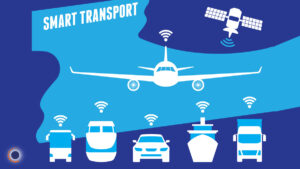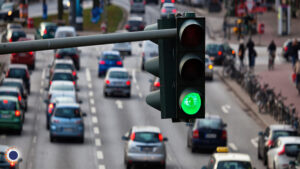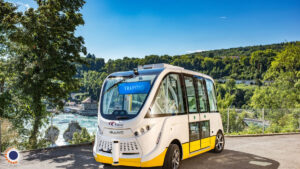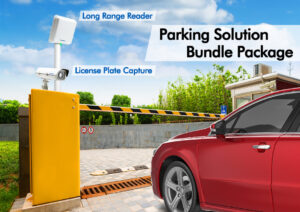
Smart transportation is a key objective in smart city initiatives. But how many projects have actually been deployed? This note examines some interesting case studies from Taiwan.
Needless to say, urbanization is in full swing. More residents are migrating from rural to urban areas. This then leads to certain municipal issues like crime and pollution.
Also, transportation has become a source of headache. Cars are on the increase, making it more difficult to park or drive on congested highways. In this regard, AI and IoT can address traffic-related issues and turn driving/bus rides into a greater experience.
In its report, Grand View Research points out: “The necessity for presenting real-time traffic information of different regions to passengers and drivers is one of the significant factors driving the demand for intelligent transportation systems across the world.” According to the report, the global intelligent transportation system market size was valued at US$26.58 billion in 2019. It is projected to register a compound annual growth rate of 5.8 percent from 2020 to 2027.
Indeed, this all sounds very good. But how many real use cases are there? In the Taipei Smart City Summit and Expo (SCSE) held March 23-26, the city is demonstrating many interesting projects. Below are some of them.
Dynamic traffic lights

Traffic bottlenecks are oftentimes caused by inefficiencies in static traffic signals. For example, a green light lasts for minutes even when there’s little vehicular or pedestrian traffic. This then causes traffic congestion to form on the intersecting roadway.
One answer to this is dynamic (or adaptive) traffic signal control. Under such scheme, each signal cycle is automatically adjusted to the traffic situation at the time.
Taipei City, in collaboration with International Integrated Systems (IISI), has developed and deployed dynamic traffic controls at various intersections. The system entails IP cameras that process video data on the edge. The resulting metadata is then transmitted to the backend, which controls the signals.
Regular-hour and rush-hour traffic conditions are different. Signal cycles can be adjusted accordingly, as seen by the IP camera.
Also, a pedestrian crossing tends to have more people during daytime and fewer people during the night. Dynamic traffic control system can adjust the length of green lights accordingly, ensuring smoother traffic.
The solution has already shown positive results. IISI data shows the average traffic idle time has reduced by 15 percent and carbon emissions by 1,114 tons at intersections where the signals are installed.
Autonomous buses, 5G and V2X

Needless to say, the concept of autonomous vehicles is gaining traction. In many cities, not just vehicles, but autonomous buses are being trialed. This includes Taipei City where a lane on Xinyi Road is dedicated to autonomous bus trial runs. The city is currently collaborating with telecom operator Far EasTone (FET) which provides the 5G network.
Why use 5G over 4G? The answer lies in low latency.

According to Internet of Vehicles protocols, autonomous vehicles must work within a latency timeframe of 100 milliseconds. This is only achievable through 5G. Under 4G, a back-and-forth communication cycle takes some 15 seconds.
The autonomous bus needs to constantly interact with its surroundings. Sometimes the bus lane becomes a bit curved. Sometimes, something is in the front. The bus needs to respond in matters of milliseconds.
In this sense, only 5G can provide the low-latency communication that makes this possible.
Through this collaboration, Taipei autonomous bus trial has entered into its second phase. If all goes well, commercial operation can begin in the near future.
FET, meanwhile, is also planning V2X proof-of-concept in Taiwan. V2X refers to vehicle-to-everything, an umbrella that includes various sub-technologies.
V2I, for example, allows communications between vehicles and the infrastructure. This way data picked up by the roadside unit can be transmitted to the vehicle’s onboard unit. Drivers then can avoid congested roads or full parking lots. V2V, on the other hand, enables communications between vehicles and vehicles.
Other smart transportation solutions

Several exhibitors also showcased their latest transportation-related solutions at the show. For example, one company demonstrated their solution for law enforcement. These IP cameras can catch activities including: illegal parking, illegal U-turns, illegal left turns, etc. Their license plate recognition software can further help police with fine issuances. Projects are already deployed in several cities in Taiwan.
This exhibitor also has a fisheye solution. It can identify all vehicle types – cars, trucks, bikes – in a given area with no missing spots. The resulting data can be used by city administrators for traffic management and planning.
Adapted from a&s Magazine



































































